News
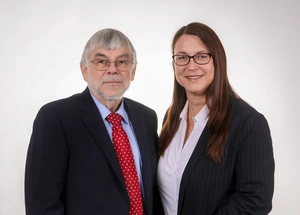
Future-oriented expansion of the LUM management
Susanne Lerche-Merchant will strengthen the management of the company as Managing Director/CEO as of March 2023:
LUM GmbH was founded in 1994 by the Managing Director Prof. Dr. Dr. Dietmar Lerche as innovative development, production and service corporation. The headquarters are located in Berlin, Germany. Subsidiaries work in…
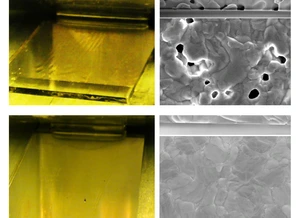
Solar cells produced from liquid inks were tested under real life conditions in the field
HZB team optimises metal halide perovskites for the slot die coater – a step towards industrial production:
Solar cells made from metal halide perovskites achieve high efficiencies and their production from liquid inks requires only a small amount of energy. A team led by Prof. Dr. Eva Unger at Helmholtz-Zentrum Berlin is…
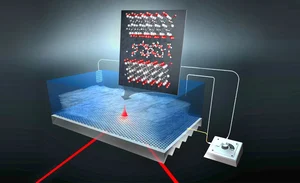
HZB team investigates charge transport in MXenes
Superstore MXene are considered an exciting new class of materials for energy storage:
MXenes are able to store large amounts of electrical energy like batteries and to charge and discharge rather quickly like a supercapacitor. They combine both talents and thus are a very interesting class of materials…
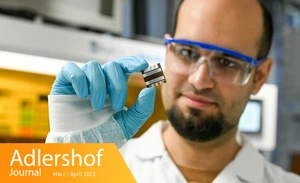
Tackling the climate crisis with high-efficiency tandem solar cells
The research at Helmholtz-Zentrum has reached the pinnacle of its field:
“No other sandwich will give you this amount of energy” – although this is putting it quite crudely, the sentence contains a highly scientific truth. After all, it was included in the presentation of Amran Al-Ashouri,…

Flexible charging strategy in electrified logistics fleets can relieve pressure on power grids
Reiner Lemoine Institute (RLI), IAV and E.DIS Netz GmbH presented the results of the research project Netz_eLOG on the intelligent grid integration of e-mobility:
Electric fleets in the logistics industry offer secured flexibility for the power grid. Together with grid-serving charging strategies, they can help to avoid bottlenecks or overloads in distribution grids and make…
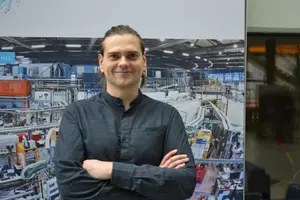
Maria Skłodowska-Curie Postdoctoral Fellowship for HZB Researcher Artem Musiienko
In his HyPerGreen project, the researcher aims to improve the efficiency of lead-free perovskite solar cells:
Dr. Artem Musiienko has earned a prestigious Maria Skłodowska Curie Postdoctoral Fellowship for his research project HyPerGreen. In the group of Prof. Antonio Abate, HZB, Musiienko will explore and improve lead-free…
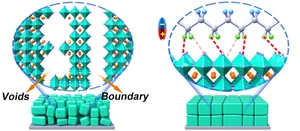
Stability of perovskite solar cells reaches next milestone
With an improved material structure, a team from HZB achieves efficiencies of up to 24.6%:
Perovskite semiconductors promise highly efficient and low-cost solar cells. However, the semi-organic material is very sensitive to temperature differences, which can quickly lead to fatigue damage in normal outdoor…
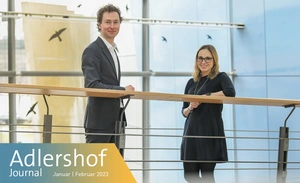
En route to carbon-neutral aviation
An innovative project for sustainable kerosine has been launched at Helmholtz-Zentrum Berlin:
The transition to clean energy, or Energiewende, in transportation has begun. We are moving away from fuels that are damaging to the climate like petrol or diesel and towards carbon-neutral energy sources, including…
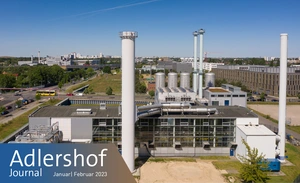
Heat from the depths of the earth
BTB is pursuing a storage project to improve the sustainability of Berlin’s energy supply:
In a pilot project that is one of its kind in Germany, BTB GmbH, an energy provider, wants to make district heating supply more climate-friendly by integrating a seasonal geothermal heat storage facility. Exploratory…
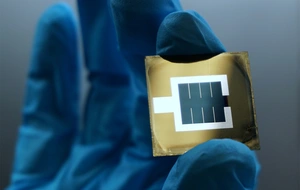
World record back at HZB
Tandem solar cell achieves 32.5 percent efficiency:
The current world record of tandem solar cells consisting of a silicon bottom cell and a perovskite top cell is once again at HZB. The new tandem solar cell converts 32.5 % of the incident solar radiation into…
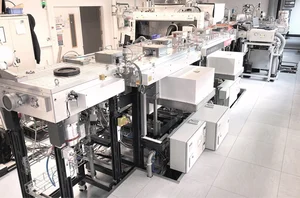
HZB cooperates with solar module manufacturer Meyer Burger
On the way to mass production: perovskite silicon tandem cells:
In order to transfer tandem solar cells from laboratory scale to production, HZB is cooperating with the solar module manufacturer Meyer Burger, which has great expertise in heterojunction technology (HJT) for silicon…
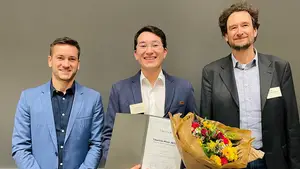
Dr. Eike Köhnen from HZB is honoured with the Tiburtius Prize
The award honors his outstanding dissertation and his research work on tandem solar cells with perovskites:
On Tuesday, 6 December 2022, Dr. Eike Köhnen received the Tiburtius Prize (First Place) for outstanding dissertations. Eike Köhnen has contributed to significantly increasing the efficiency of tandem solar cells made…
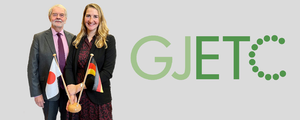
Kathrin Goldammer becomes member of German-Japanese Energy Transition Council
The council aims to promote scientific exchange on energy transition issues between the two countries:
The German Japanese Energy Transition Council (GJETC) has appointed RLI Managing Director Kathrin Goldammer as a member. At the council’s recent meeting in Berlin on November 28-29, she will attend the meeting for the…
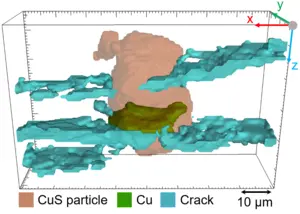
Tomography shows high potential of copper sulphide solid-state batteries
Researchers from HZB, Hereon, HU and BAM succeed in observing solid-state batteries during charging and discharging:
Solid-state batteries enable even higher energy densities than lithium-ion batteries with high safety. A team led by Prof. Philipp Adelhelm and Dr. Ingo Manke succeeded in observing a solid-state battery during…
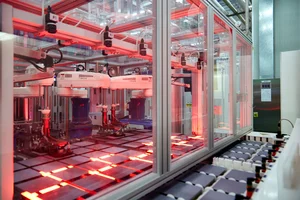
Helmholtz-Zentrum Berlin and Qcells jointly coordinate four-year research and innovation project PEPPERONI
European pilot line for innovative photovoltaic technology based on tandem solar cells:
PEPPERONI, a four-year Research and Innovation project co-funded under Horizon Europe and jointly coordinated by Helmholtz-Zentrum Berlin and Qcells, will support Europe in reaching its renewable energy target of…

40-million-euro research project CARE-O-SENE receives funding
Seven leading South African and German project partners aim to develop novel catalysts for sustainable kerosene:
The international research project CARE-O-SENE (Catalyst Research for Sustainable Kerosene) was granted 30 million euros in funding by the German Federal Ministry of Education and Research (BMBF). Additionally, the…

Berlin becomes a transfer region for green chemistry
Funding of €10 million for GreenCHEM concept to develop the capital region into an international hotspot for deep tech innovations in chemistry:
To set up an ecosystem for the transfer in the field of green chemistry, the five initial partners (Technische Universität Berlin, Freie Universität Berlin, Humboldt-Universität zu Berlin, BERLIN-CHEMIE AG and…
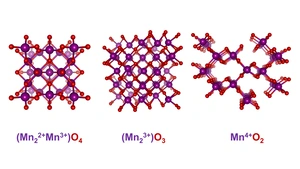
Green hydrogen: faster progress with modern X-ray sources
The development of suitable electrocatalysts is being driven forward at BESSY II in Adlershof:
In order to produce green hydrogen, water can be split up via electrocatalysis, powered by renewable sources such as sun or wind. A review article in the journal Angewandte Chemie Int. Ed. shows how modern X-ray…
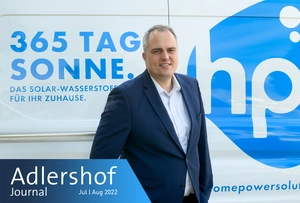
Advancing the energy transformation with hydrogen
Year-round storage for buildings and as a regional energy source – how two Adlershof-based companies are fostering the gas’s practical applications:
A typical summer day in Adlershof: blue skies, a few clouds, the sun is shining. Shining on the free-standing solar cells along Rudower Chaussee. Their electricity charges a car, while the rest disappears into an…
![[Translate to English:] Karte Geoinformationen Reiner Lemoine Institut](/fileadmin/_processed_/b/a/csm_geodaten-rli_54746caed2.webp)
Data for the expansion of wind power and photovoltaic plants
RLI publishes comprehensive package with potential areas:
Geodata can help with the expansion of renewable energies and thus in the acceleration of the energy transition. The Reiner Lemoine Institute (RLI) is now publishing a comprehensive data package with potential areas…